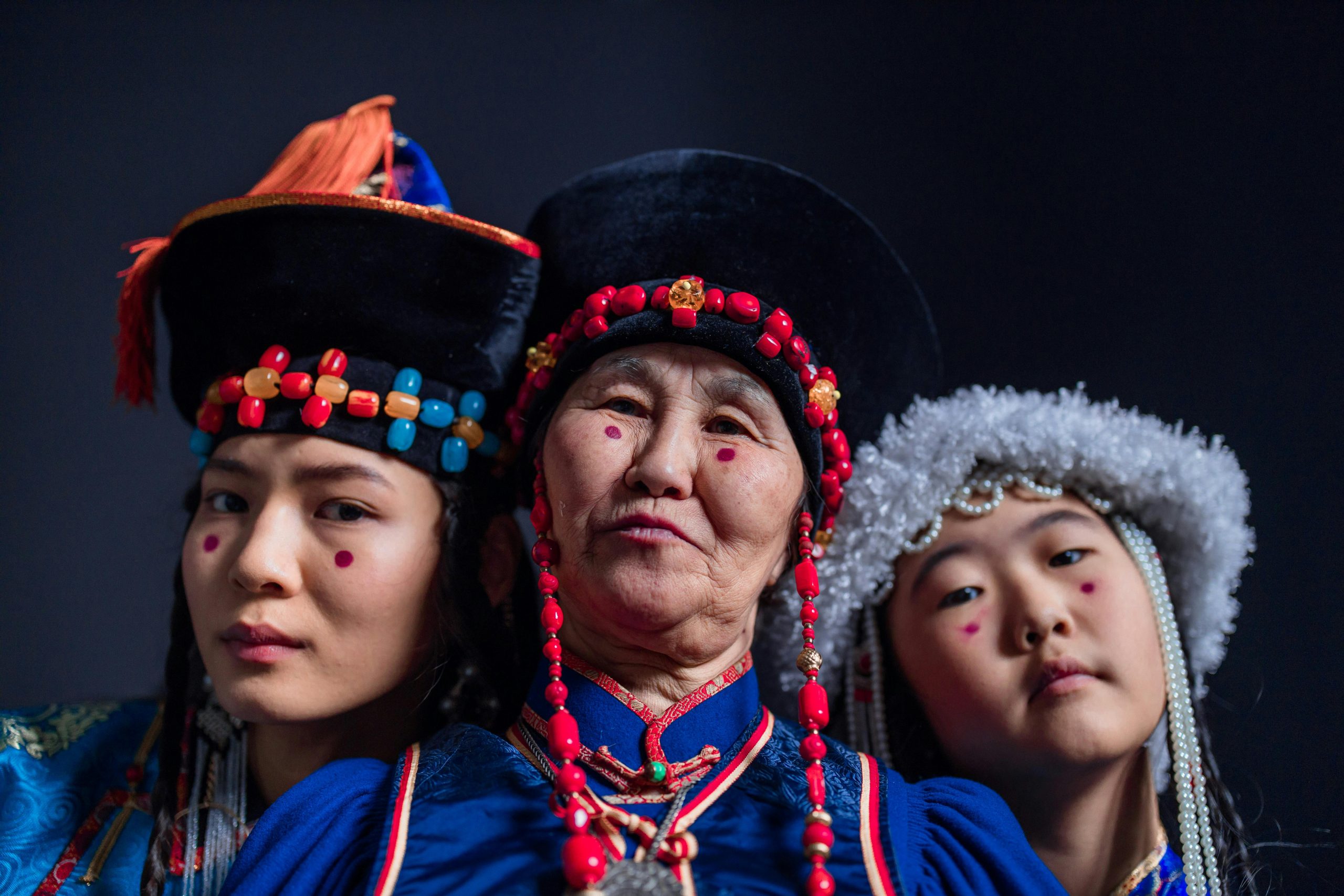Mongolia, with its vast steppes, rugged mountains, and dramatic deserts, offers unique experiences throughout the year. However, the best time to visit largely depends on the type of activities you wish to engage in and the regions you plan to explore. Here’s a comprehensive guide to help you decide the best time to visit Mongolia, season by season.
Spring (April to May)
Pros:
- Mild temperatures and blooming landscapes.
- Fewer tourists compared to summer.
- Perfect for exploring historical sites and engaging in outdoor activities without the intense summer heat.
Highlights:
- Tsagaan Sar (Lunar New Year): Though sometimes falling in late winter, this festival can extend into early spring, offering a glimpse into Mongolian culture and traditions.
- Bird Watching: Spring is a great time for bird watching as migratory birds return to Mongolia.
Considerations:
- Weather can be unpredictable, with occasional late snowfalls and chilly winds, especially in early spring.
Summer (June to August)
Pros:
- Warm and pleasant weather, ideal for outdoor adventures.
- Longer daylight hours for extended exploration.
- Numerous cultural events and festivals.
Highlights:
- Naadam Festival (July 11-15): Mongolia’s biggest festival, featuring traditional sports such as wrestling, horse racing, and archery.
- Lake Khövsgöl: Perfect time for hiking, boating, and enjoying the pristine waters and surrounding forests.
- Gobi Desert: Easier to access and more comfortable to explore compared to other seasons.
Considerations:
- Peak tourist season, leading to higher prices and crowded popular sites.
- Occasional rain showers, especially in northern and central Mongolia.
Fall (September to October)
Pros:
- Mild temperatures and fewer tourists.
- Stunning autumn foliage in forested regions.
- Ideal for trekking and exploring the countryside.
Highlights:
- Golden Eagle Festival (October): Held in the Altai Mountains, this festival showcases the ancient tradition of eagle hunting.
- Harvest Season: Experience the local agricultural practices and taste fresh produce.
Considerations:
- Cooler temperatures, especially in late October.
- Some tourist facilities may begin to close as the season progresses.
Winter (November to March)
Pros:
- Unique winter experiences and festivals.
- Fewer tourists and lower prices.
- Clear skies and stunning snow-covered landscapes.
Highlights:
- Ice Festival on Lake Khövsgöl (February): Features ice sculptures, horse sledding, and ice skating on the frozen lake.
- Tsagaan Sar (Lunar New Year): Celebrated in late winter, offering a deep dive into Mongolian traditions and family gatherings.
Considerations:
- Extremely cold temperatures, often dropping below -20°C (-4°F).
- Some remote areas may be inaccessible due to snow.
- Limited outdoor activities due to harsh weather conditions.
Month-by-Month Breakdown
April
- Mild temperatures, occasional snow in early April.
- Perfect for cultural tours and bird watching.
May
- Warmer weather, blooming flowers.
- Good for hiking and exploring historical sites.
June
- Start of peak tourist season.
- Ideal for outdoor activities and exploring national parks.
July
- Warmest month with numerous festivals.
- Best time for experiencing the Naadam Festival.
August
- Continuation of summer warmth.
- Great for visiting the Gobi Desert and Lake Khövsgöl.
September
- Cooler temperatures, stunning autumn colors.
- Excellent for trekking and cultural tours.
October
- Crisp autumn weather, fewer tourists.
- Golden Eagle Festival in the Altai Mountains.
November
- Start of winter, significantly colder.
- Limited outdoor activities, but unique winter experiences.
December
- Cold and snowy, festive atmosphere.
- Perfect for winter festivals and cultural experiences.
January
- Harsh winter conditions, clear skies.
- Best for experiencing traditional Mongolian winter life.
February
- Coldest month, with the Ice Festival on Lake Khövsgöl.
- Great for unique winter sports and activities.
March
- End of winter, beginning of spring thaw.
- Good for cultural tours and early spring festivals.
The best time to visit Mongolia depends on your interests and tolerance for varying weather conditions. Summer is ideal for outdoor adventures and cultural experiences, while winter offers unique festivals and a chance to experience traditional nomadic life in its most authentic form. Spring and fall provide mild weather and fewer tourists, making them great for those seeking a quieter, more serene experience. Plan accordingly to ensure you make the most of your Mongolian adventure.
